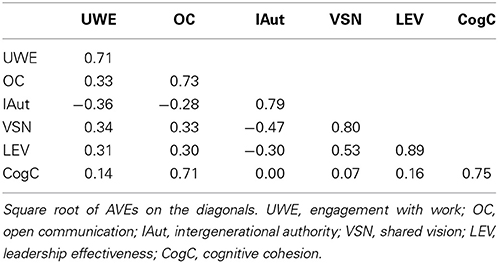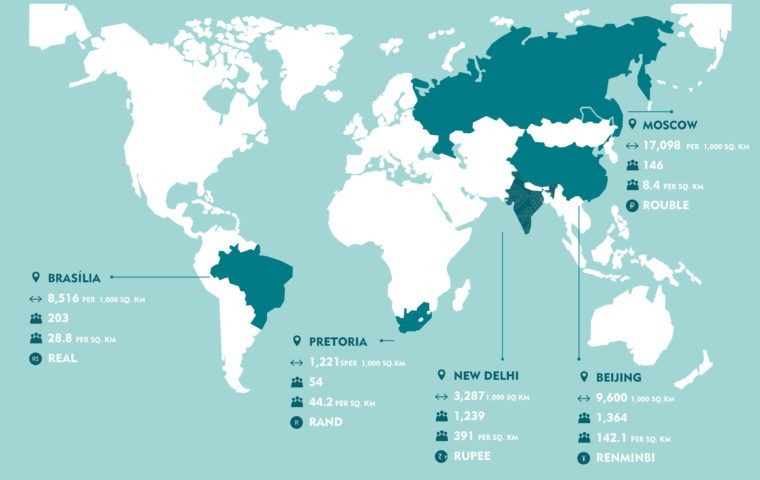

It helps companies and investors measure the expected return for each dollar invested into a project or venture. Other names used for profitability index are the value investment ratio and the profit investment ratio . The profitability index is an appraisal technique applied to potential capital outlays. The method divides the projected capital inflow by the projected capital outflow to determine the profitability of a project. As indicated by the aforementioned formula, the profitability index uses the present value of future cash flows and the initial investment to represent the aforementioned variables. Company C is considering two mutually exclusive projects with the same initial cost of $20,000K and cost of capital of 11%.
CAs, experts and businesses can get GST ready with ClearTax GST software & certification course. Our GST Software helps CAs, tax experts & business to manage returns & invoices in an easy manner. Our Goods & Services Tax course includes tutorial videos, guides and expert assistance to help you in mastering Goods and Services Tax. ClearTax can also help you in getting your business registered for Goods & Services Tax Law.
This gives a good idea of the business’s ability to turn revenue into additional assets. Assuming that the cash flow calculated does not include the investment made in the project, a profitability index of 1 indicates break-even. profitability index formula Any value lower than one would indicate that the project’s present value is less than the initial investment. As the value of the profitability index increases, so does the financial attractiveness of the proposed project.
The profitability index is helpful in ranking various projects because it lets investors quantify the value created per each investment unit. There are some factors that affect this ratio such as absence skunk cost, difficulty in assessing the appropriate rate of return and the projects may be projected unrealistically positive. However, the profitability index ratio can be very helpful in assessing the profitability of the projects when used along with other measures of profitability assessment. The numerator will discount an appropriate number of periods to equate future cash flows to current monetary levels. Where CFt is an expected cash flow at the end of designated year t, r is the discount rate, and N is the life of the project in years. As mentioned above, having a profitability index higher than 1 is ideal.
- They will be able to quickly turn around and sell their investment when they need the extra capital.
- To calculate this, you divide net operating profit after taxes by capital invested.
- The profitability index is one of the methods used in capital budgeting for project valuation.
- The higher the profitability index, the more attractive the investment.
- The profitability index formula uses the same variables as the net present value, and likewise, doesn’t annualize the returns.
From the above computation, we can come to the conclusion that ABC Company should invest in the project as PI is more than 1. We will use another method to calculate the Profitability Index. Suppose we’re evaluating a proposed five-year project with the following assumptions. The PI metric can thereby be used for comparisons among different projects. By contrast, comparisons of NPV between projects are not always functional (i.e. non-standardized metric).
These are charged to customers when products or services are bought. As now you also know how to calculate profitability index in excel, you can use it on your own. Profitability is used to find out whether a project is profitable or not.
We can see that the PI number obtained through our incremental analysis is greater than 1. The profitability index, in fact, is another way of representing the net present value model. The only difference between two is that the NPV shows an absolute value whereas the PI measures the relative value in ratio format. Furthermore, you learned that there are 2 ways to calculate the PI, including one where we take the ratio of NPV to I, and another, where we take it as the ratio of PV to I.
The profitability index is one of the methods used in capital budgeting for project valuation. The difference between them is that the NPV is an absolute measure, and the PI is a relative measure of a project. In other words, the profitability index is a ratio that shows how much profit results from a project per $1 of initial cost. It is considered that when NPV is $0+ and the profitability index is 1+, the project is a healthy venture.
Profitability Index: Definition & Calculation
If you find that the PI of all other projects to be negative, then consider investing in this project. Method is a good measure as well to consider whether any investment is profitable or not. The Profitability Index is the ratio between the present value of cash inflows and the present value of cash outflows.
Discounting takes into account that $1 received in future is not equal to $1 today, and hence a proper discounting factor must be used to determine what is the value of future $1 today. Finally, the profitability index of the project is calculated by dividing the present value of all the future value of cash flow from the project by the initial investment in the project . A profitability index calculation can be helpful after an investment has been made. If a company doesn’t have good credit ratings or assets that could be sold, it might consider investing in other assets.

Therefore, capital intensive projects may result in lower profitability index result if their profit margins are not as high. Suppose further that the company has only $40,000 available to invest and all the projects are independent, not mutually exclusive. Because of cash constraint, It can’t undertake both project 1 and another from project 2 and 3. Here reflects thePresent Value.So we’re looking at the Present Value relative to the initial investment, instead of the Net Present Value relative to the initial cost. If the index is equal to 1, then it’s an indifferent or neutral project. You shouldn’t invest in the project until and unless you consider it better than other projects available during the period.
Application of profitability index (PI)
In general terms, the higher the PI metric, the more attractive a proposed investment is. N Enterprise has decided to invest in a project for which the initial investment would be $100 million. As they are considering whether it’s a good deal to invest in, they have found out that the present value of the future cash flow of this project is 130 million. If the difference is positive, the project is profitable; otherwise, it is not. The profitability index rule is a decision-making exercise that helps evaluate whether to proceed with a project. The index itself is a calculation of the potential profit of the proposed project.

The profitability index is a measure of the attractiveness of a project or investment. It is calculated by dividing the present value of future expected cash flows by the initial investment amount in the project. A PI greater than 1.0 is considered to be a good investment, with higher values corresponding to more attractive projects. Under capital constraints and when comparing mutually exclusive projects, only those with the highest PIs should be undertaken. The profitability index is a calculation determined by dividing the present value of futures cash flows by the initial investment in the project. The initial investment is the amount of capital required to start the project.
Learn financial statement modeling, DCF, M&A, LBO, Comps and Excel shortcuts. Another variation of the PI formula adds the initial investment to the net present value , which is then divided by the initial investment. The initial investment is the amount that you are planning to invest to start a project. When there is a need for capital rationing, the PI index is useful for ranking projects. INVESTMENT BANKING RESOURCESLearn the foundation of Investment banking, financial modeling, valuations and more.
Income Tax Filing
Under capital constraints and mutually exclusive projects, only those with the highest PIs should be undertaken. The PI ratio will result in a number that is 1, less than 1 or bigger than 1. Generally the PI ratio of 1 is least acceptable as it represents the break even point of a project, which defines the point where total sales equal to the total cost.
Analysts mitigate this limitation by using PI in tandem with other forms of analyses, such as the net present value . Although not a perfect approach, profitability index goes a long way toward handling capital rationing, if used with caution. Archer requires an investment of $300,000 and Brochure requires $200,000. Note that the figures above are obtained by just subtracting the initial investment from the Present Value estimates .
Advantages of PI
The projects require investments of $300,000; $200,000; and $600,000 for Archer, Brochure, and Catcher respectively. We’d say that for every £1 pound that you invest in A, you earn £1.50 in cash flow, in present value terms. Cash FlowsCash Flow is the amount of cash or cash equivalent generated & consumed by a Company over a given period. It proves to be a prerequisite for analyzing the business’s strength, profitability, & scope for betterment. But the company also needs to consider other projects where the PI may be more than 1.3.
In that case, the company should invest in a project that has more PI than this particular project. In the denominator, we’ll link to the initial investment cell with a negative sign in front . It is useful for ranking and choosing between projects when capital is rationed. Using the PI formula, Company A should do Project A. Project A creates value – Every $1 invested in the project generates $.0684 in additional value. The profitability index rule is a calculation of a venture’s profit potential, used to decide whether or not to proceed. A PI greater than 1.0 is deemed as a good investment, with higher values corresponding to more attractive projects.
In this case, the profitability index is measured before implementing a project. Using the equation above, we can calculate the profitability index as 1.269 for Project Y and 1.232 for Project Z. There are two different calculations that you can use to determine the profitability index. LIFO calculator for ending inventory and COGS helps you make more profit. You can use it to define a specified number of products you have to sell to achieve the desired COGS.
If the IRR is lower than the cost of capital, the project should be killed. This measure is used to rank projects based on their value created per unit of investment. The accounting rate of return is also known as the return on investment . It is calculated by dividing the income which the company expects to generate from its investment and the cost of that investment.
